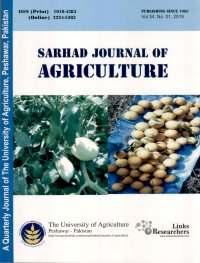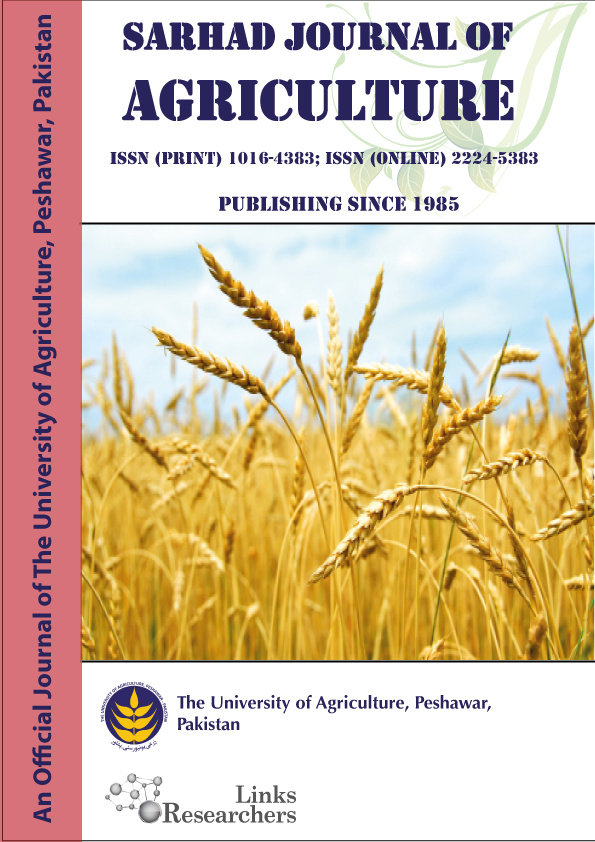Bamboo Lobster (Panulirus versicolor) Hemocyte Count Differentiation Given a Combination of Three Mollusca Meat Meals
Bamboo Lobster (Panulirus versicolor) Hemocyte Count Differentiation Given a Combination of Three Mollusca Meat Meals
Wellem H. Muskita1*, Agus Kurnia1, Muhaimin Hamzah1, Khairunnisa Khairunnisa1, La Ode Muh. Munadi2, Achmad Selamet Aku2 and La Ode Sahaba2
ABSTRACT
The research aims to determine the total and differentiation of hemocyte count of bamboo lobsters given a combination of three mollusca meat flours, which was carried out in August-December 2023, at the Fisheries Cultivation, Hatchery and Production Laboratory, Faculty of Fisheries and Marine Sciences, Halu Oleo University. The method used was a Randomized Block Design (RBD) with four treatments and three groups. Four types of feed are made based on a combination of three mollusca flours, namely mangrove snail flour (MSF), kepah clam flour (KCF), and golden snail flour (GSF). Treatment A (20% tembang fish meal (TFM)+20% flying fish meal (FFM), Treatment B (10%MSF+15%KCF+15%GSF), Treatment C (15%MSF+15%KCF+10%GSF), and Treatment D (15%MSF+10%KCF+15%GSF). The findings showed that the Total Hemocyte Count (THC) of bamboo lobsters (Panulirus versicolor) was highest in treatment A (1.19×106 cells/ml), while the lowest was in treatment B (1.09×106 cells/ml). The highest Differential Hemocyte Count (DHC) of hyaline cells was in treatment C (49.5%), while the lowest was in treatment D(44.9%), was obtained in treatment A(17.7%), while the lowest was in treatment B (16.8%). The highest number of granular cells were in treatment D (34.7%), while the lowest was in treatment C (33%). Feeding with treatment B provided the best total and differentiation of coun hemocytes in bamboo lobsters reared in controlled containers.
To share on other social networks, click on any share button. What are these?








